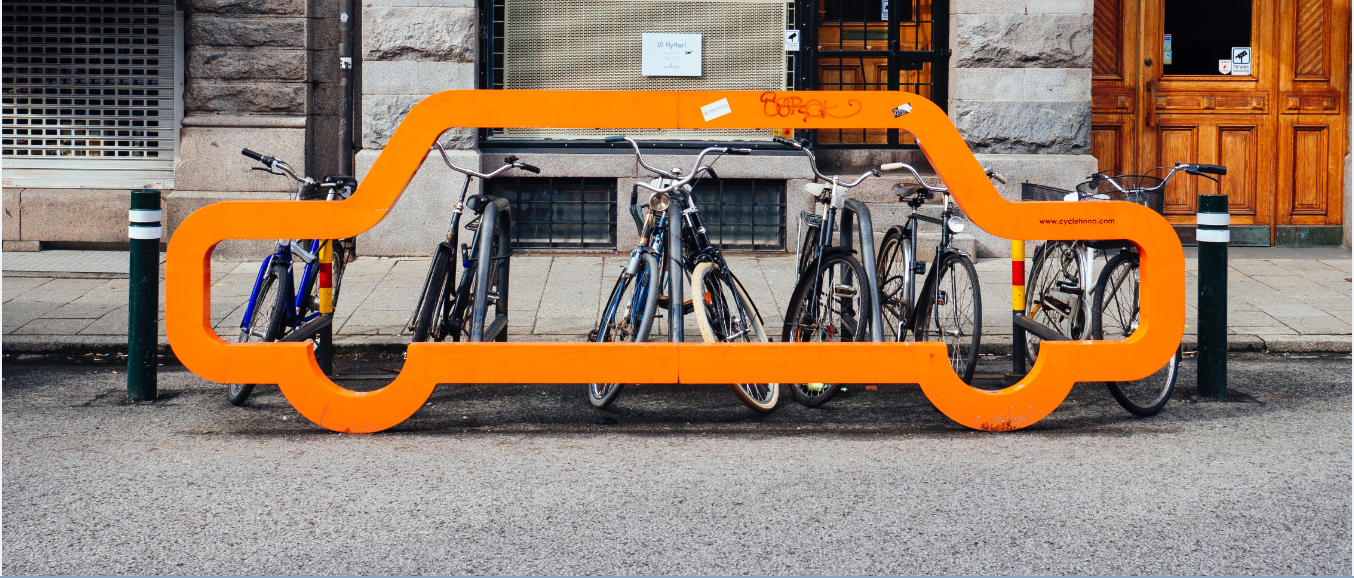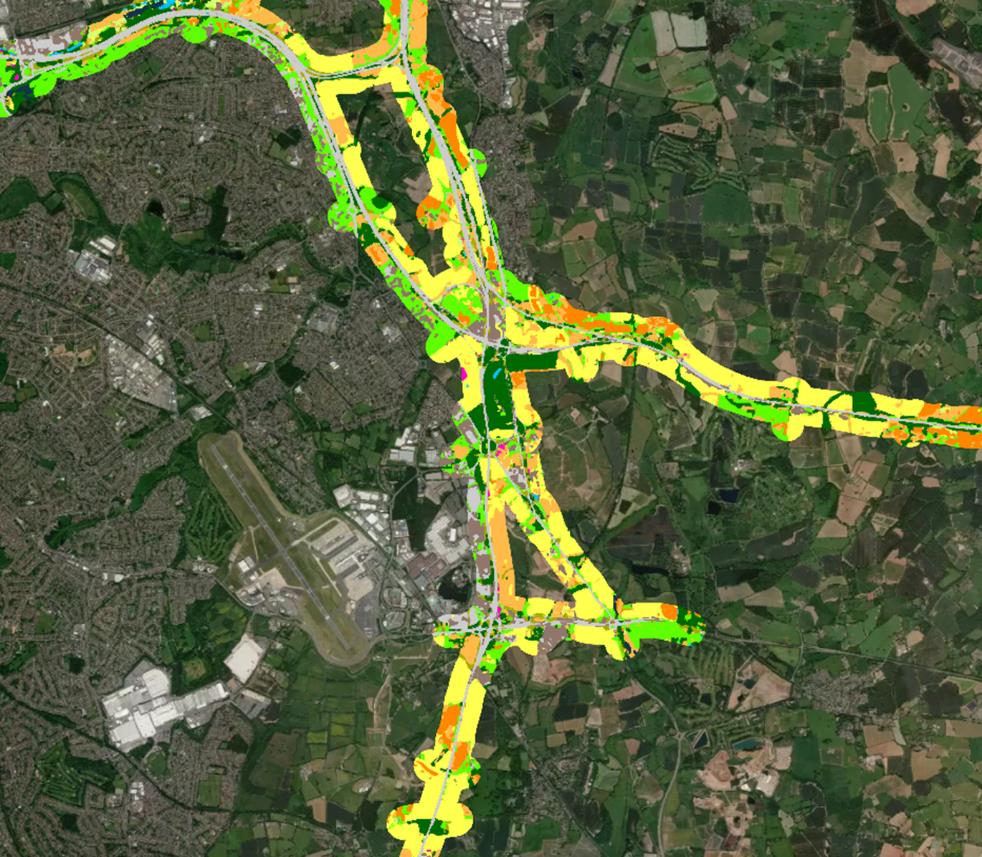News
Changing lifestyle choices to achieve maximum sustainability impact


How can I achieve a more sustainable lifestyle, many people might ask themselves. Some may already know how to reduce their CO2 footprint by eating less meat, limiting air travel and insulating their home. But how do you weigh up these different actions against one another for maximum effect?
Associate Professors Kristian Mølhave (DTU Nanotech) and Stig Irving Olsen (DTU Management Engineering) decided to find an answer to this question with the help of a group of students from the Technical University of Denmark (DTU). Their efforts resulted in the Sustainability Calculator.
-Related news: Grains and vegetables to be grown in festival pee
The media tends to focus on household carbon emissions, but sustainable transition is about a great deal more than CO2. According to researchers, it should also address other parameters — e.g. consumption of water or other resources, how biodiversity is affected, etc.
Companies are starting to calculate their sustainability impact
Danish companies like Novo Nordisk and Arla use a calculation tool called Natural Capital Accounting, which converts the environmental effect of different actions into monetary terms so that they can gain an overview of how and where they need to act to get the most out of their green investments. A calculation might involve weighing up the environmental impact of taking a flight, for example, by purchasing CO2 quotas and planting trees.
While the method is still under development and contains uncertainties, it nonetheless provides a means of balancing the numerous factors and a basis for decision-making. Like companies, consumers can now also find out how to maximise their sustainability impact through personal lifestyle choices.
Calculator shows which sustainability efforts have maximum and minimum effect
The two professors and the students have tried to show this with their sustainability calculator, which can calculate the cost of a person’s private consumption habits, the size of the problem and how best to do something about it. Several families in Denmark, who wanted to change their habits in order to become as sustainable as possible, have tested the sustainability calculator, and all the families felt that the calculator gave a good overview of how much difference their efforts really made.
“The figures you get are a bit like a prediction of stock prices or a 14-day weather forecast, but they still give an overview of what you can do to avoid wasting time and money on changes that have minimal effect,” said Kristian Mølhave.
-Related news: Denmark expands its deposit and return system to increase recycling
While many people view the environment as a huge unmanageable global challenge, the test showed that a person’s environmental costs often only amount to about one-tenth of an annual salary. Consequently, it should be possible to make life much more sustainable for the individual — or for society, which can levy appropriate taxes.
“It should be pointed out, however, that the methods for calculating environmental costs still lack a number of environmental impacts, so the cost is therefore presumably higher,” said Kristian Mølhave.
Want to try out the calculator yourself? An online beta version of the calculator is available at sustain.dtu.dk/pnca.
Source: Technical University of Denmark
Journalist: Marianne Vang Ryde















